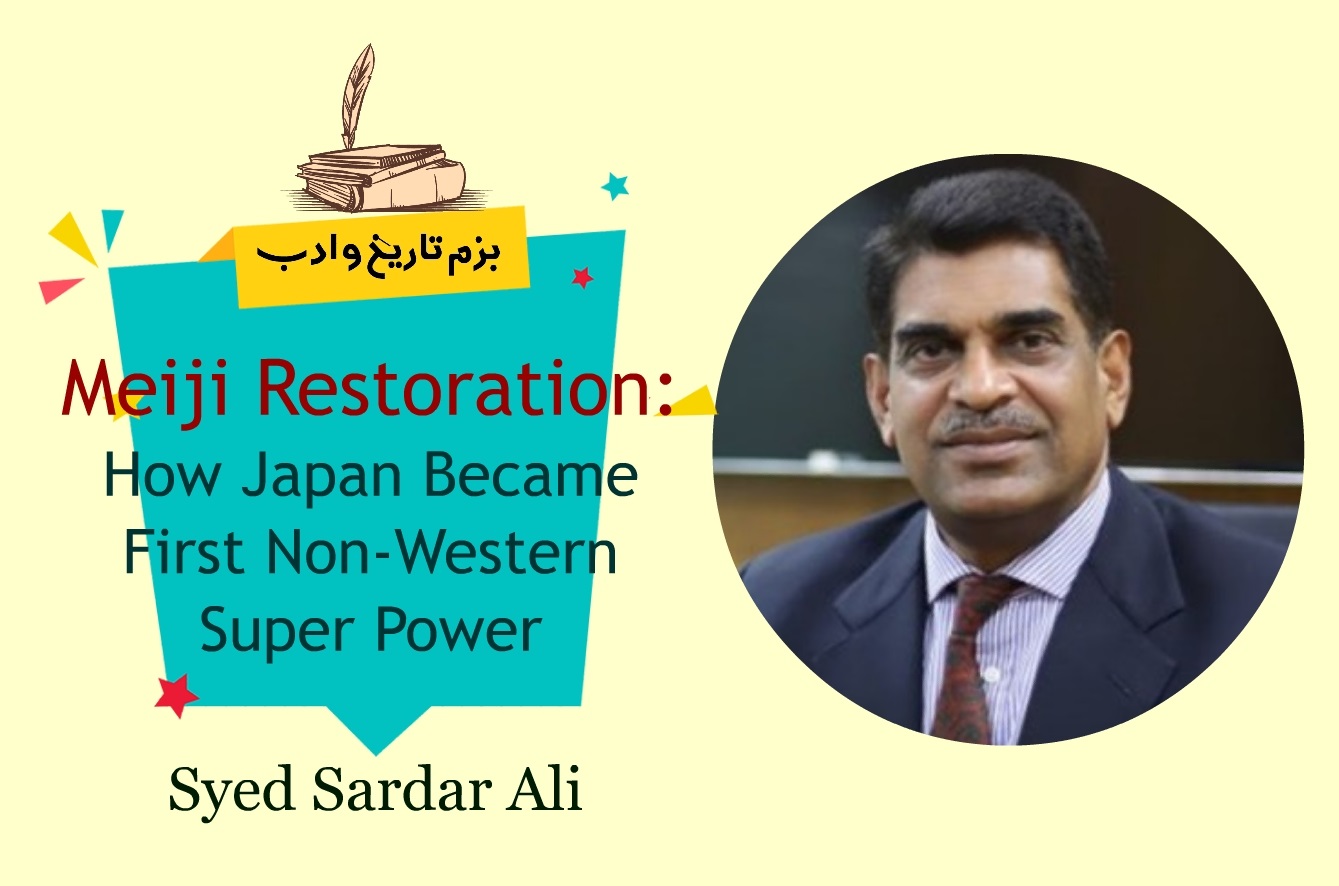
Meiji Restoration: How Japan Became First Non-Western Super Power
After nearly 250 years of isolation, Japan was opened up by the Americans in the mid-19 th century. Keen to avoid the fate of China, Japanese resolved to modernize and industrialize, importing from the West technologies and institutions and adopting them to their needs. Within 50 years Japan was a superpower. During the American occupation following defeat in WWII, civic values and political institutions were liberalized. In 1968, the centennial year of the Meiji Restoration, Japan became world’s second largest economy. After a century of striving, Japan became the first non-European country to have caught up with the West.
About the speaker
Academic Qualifications
Master in Public Administration – Harvard (1996-98)
Master in International Relations – Japan (1989-91)
BS Mech. Engineering – UT Austin (1983-86)
Work Experience
Financial and Private Sector – World Bank, Washington, DC
International Dept. – Industrial Bank of Japan, Tokyo
Middle East Business Dept. – Sony Corp., Tokyo
Engineering Dept. – ICI Pakistan, Ltd.
Syed Sardar Ali did his F.Sc. from Govt. College Lahore and Bachelor of Science in Mechanical Engineering from the University of Texas at Austin. He earned his first master’s degree in International Relations from Japan and worked for Sony Corporation and the Industrial Bank of Japan in Tokyo. He later earned Master in Public Administration (MPA) from Harvard where he was a student of Prof. Samuel Huntington. Upon graduation he joined the World Bank in Washington, DC and worked in the Financial and Private Sector Unit in the Europe and Central Asia region until 2002. Sardar Ali, who runs a number of businesses in Islamabad and Lahore, is the Chairperson of Crescent Foundation. He has one daughter and three sons.